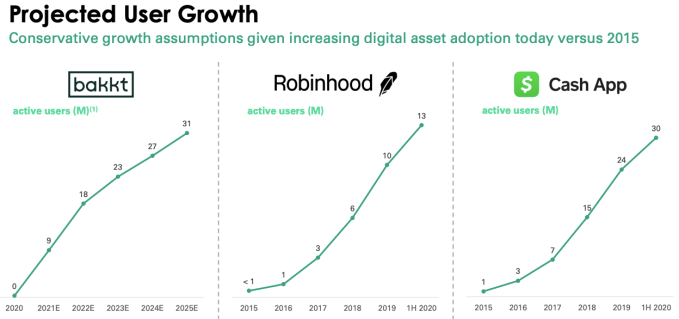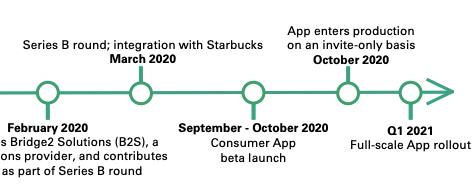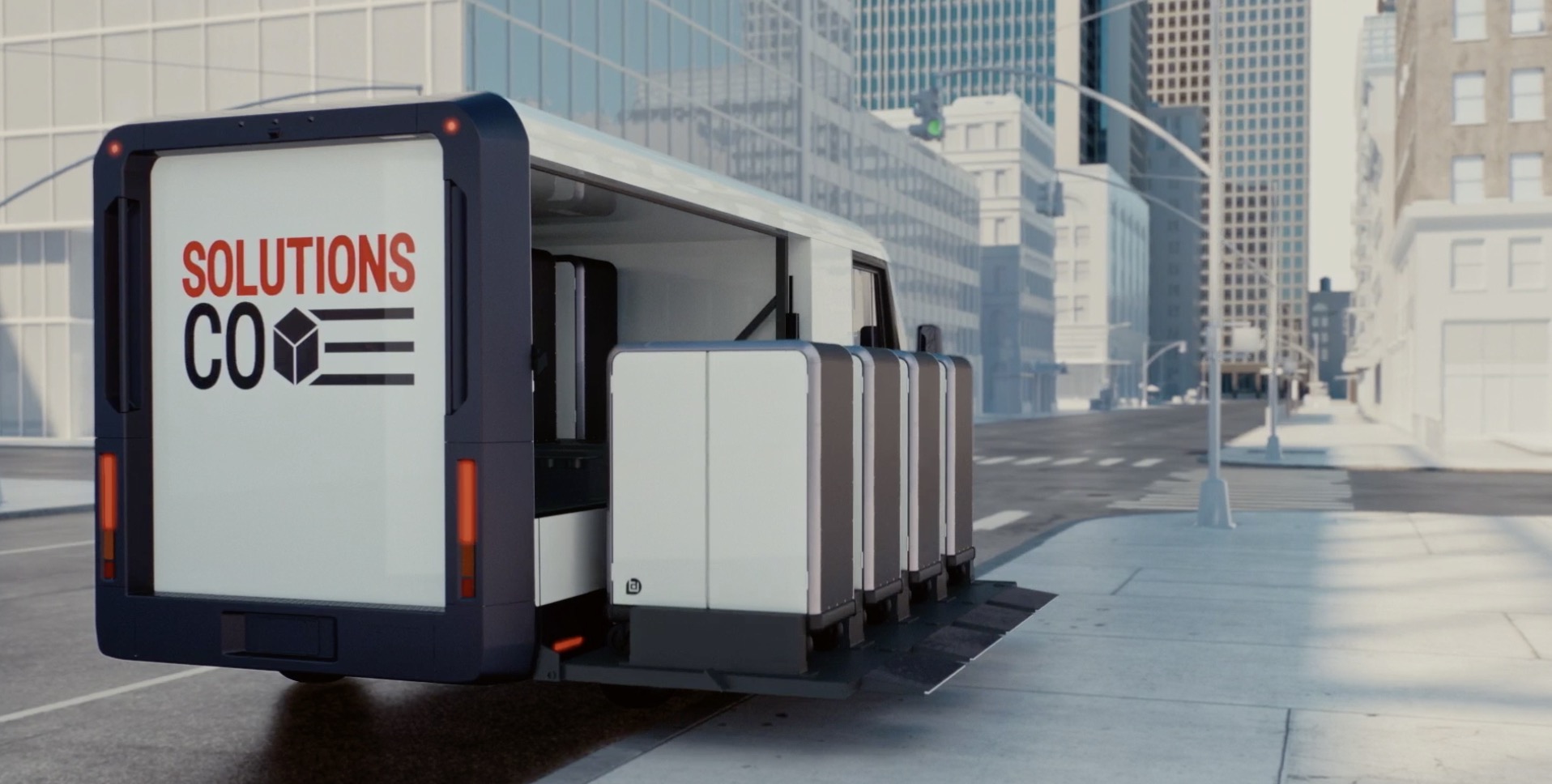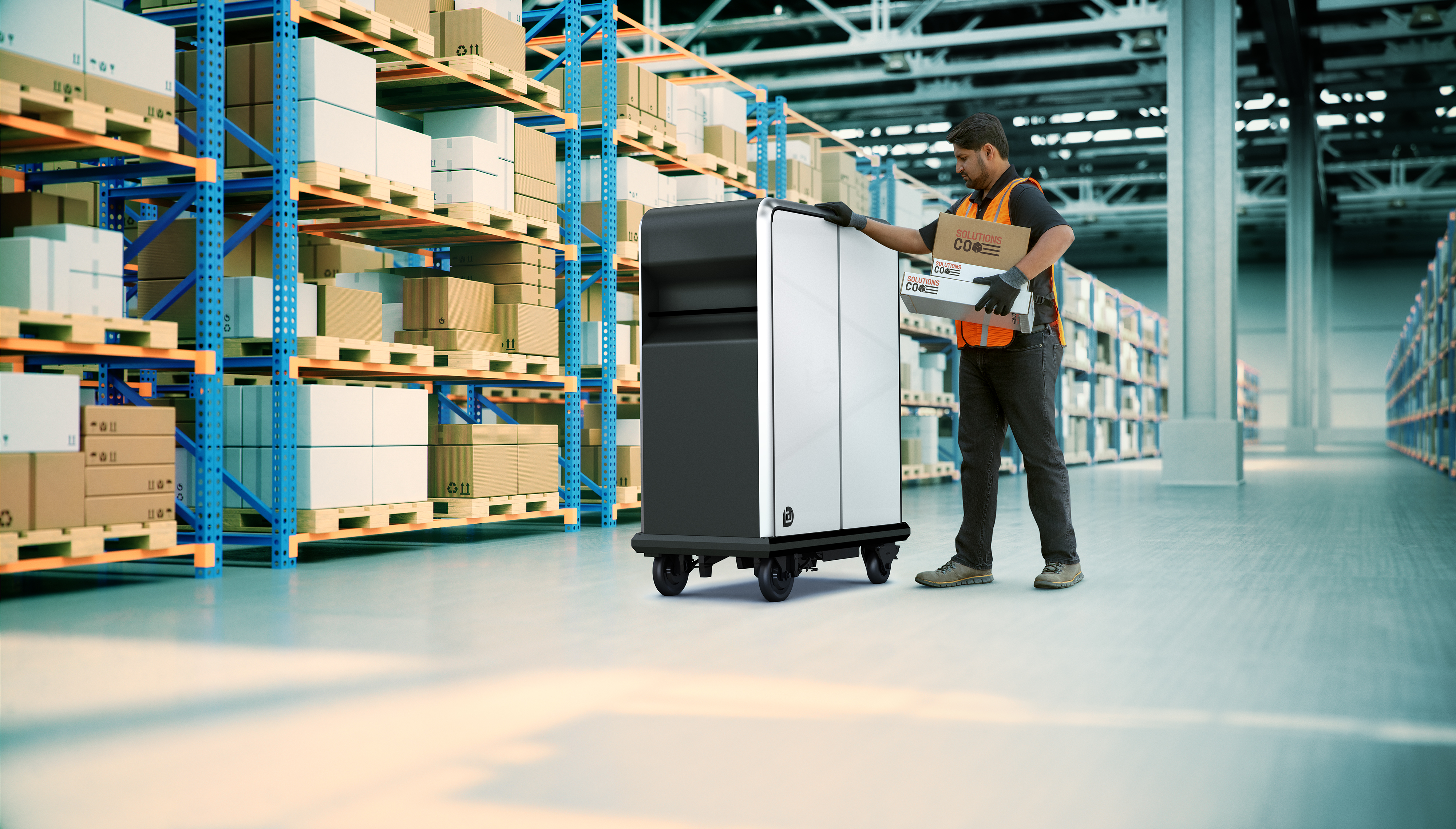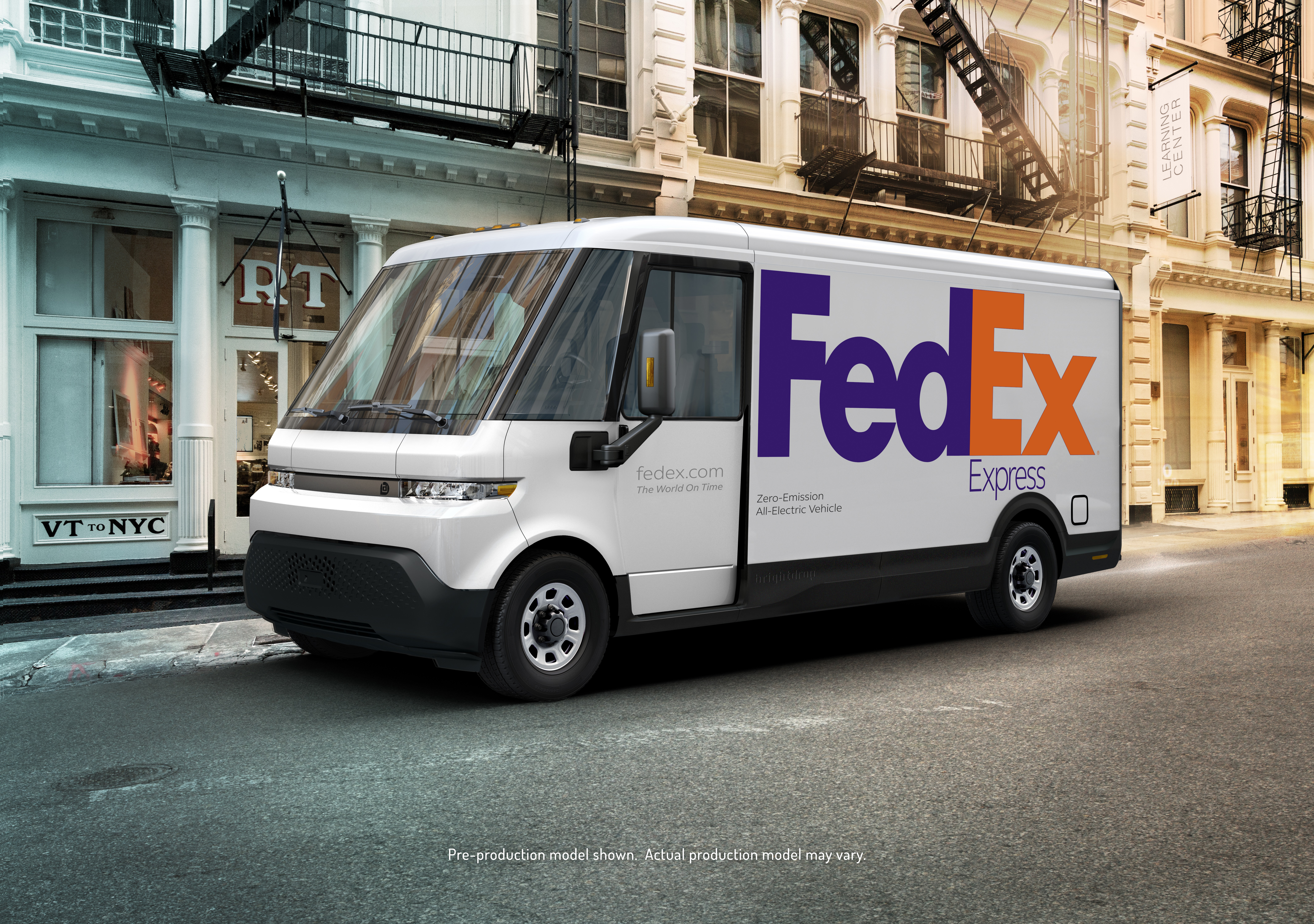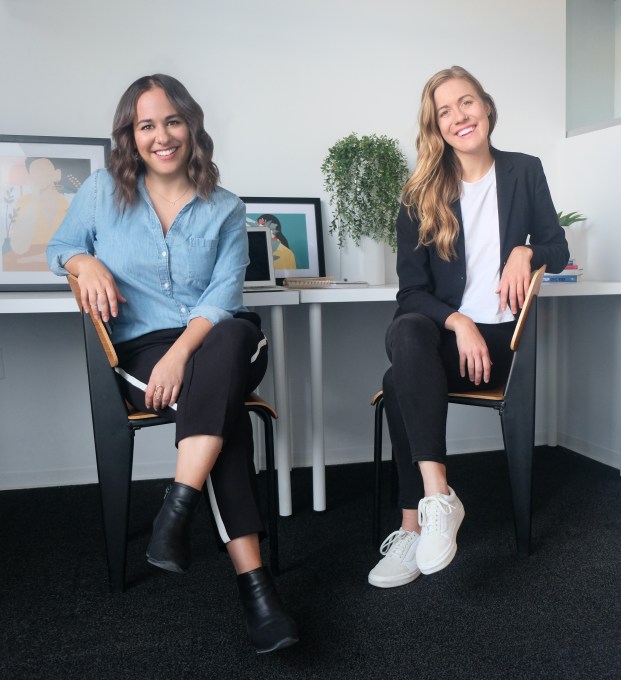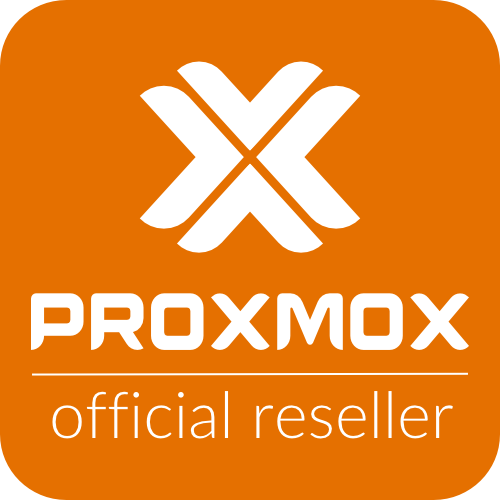- January 12, 2021
- by:
- in: Blog
Today — and the data proves this — if you are a white male, you have an unfair advantage when looking to raise venture capital.
Joseph Heller
Contributor
Joseph Heller is a small businesses expert and the CEO of
Supplied, a wholesale platform for small businesses and brands that makes it easier for boutique owners to access high-quality, affordable items.
Context is always important. In the grand scheme of things, I have privilege: I was born a male, in the most powerful country in the world, during the most prosperous time in history, to parents who both went to college, all in a middle-class neighborhood.
I could have been born during my dad’s generation when there were still signs that said “Whites Only” and he was barred from entry. Even now, the fact that I’m half-Jewish and look more ambiguous than “Black” has been a privilege.
But despite my privilege, I’m also confident that my Black heritage made it more difficult for me to raise venture capital. It’s a reality that goes against the classic Silicon Valley ethos: strive for perfection and constantly improve.
It’s in our national interests to make becoming an entrepreneur as egalitarian as possible.
Today — and the data proves this — if you are a white male, you have an unfair advantage when looking to raise venture capital. This doesn’t take anything away from the brilliant white male entrepreneurs that have built incredible companies, but it has made an equivalent crowd of Black founders almost nonexistent.
As a nation we know the benefits of encouraging entrepreneurship across backgrounds: Entrepreneurs create jobs, spark innovation and allow us to maintain our position as the most competitive nation on the planet. It’s in our national interests to make becoming an entrepreneur as egalitarian as possible, and yet we’ve fallen remarkably short of that goal across both race and gender.
I moved to southern China shortly after graduating from UC Berkeley. A lot of my decision-making process at the time was more subconscious, but I always had this feeling that as a Black male, I wasn’t going to get fair treatment working for a large company; I always knew my path to success was through being an entrepreneur and creating my own company. China, not the U.S., seemed the place to do that.
I fell in love with the entrepreneurial spirit of China. And surprisingly, as a foreigner in China, I felt that I wasn’t judged in the context of race. They saw me as an American that could bring them business opportunities and that was it, I felt that I was judged more on the merits of the value that I could bring than I would in the U.S. — and it was refreshing. Spurred by opportunities, I started a successful import and export business in China, and after a few years I had over 30 employees. I loved the experience of working with factories and I found it mesmerizing watching products that we use and wear being made.
At that time, my clients were larger U.S.-based retailers and brands. I could see the growth of Shopify and how this deceptively simple e-commerce product, plus marketing tools like Instagram, allowed small businesses to sell online and market their products in ways that had only been accessible to my larger clients years before. But I kept thinking that there was no equivalent inroad for small businesses to vast resources of supply chain and manufacturing.
That was the reason I founded The/Studio, a custom manufacturing platform that would give small businesses access to factories so that they could easily manufacture products in low quantities, without having to deal with all of the hassle and risks associated with manufacturing — just like the big brands.
At the time, I didn’t even know that raising venture capital was a possibility. And really, this was where my race became an obstacle. Those closer to the concentric circles of venture capital know that venture capital exists and they know how to access it.
Those that are further away don’t know how it truly can scale your company, let alone how to access it. Now, when you have a commodity like capital that is a closely held resource to a favored few, that’s called elitism and cronyism. I believe it’s the antithesis of what Silicon Valley is supposed to stand for and it’s detrimental to America’s ability to lead on a global, entrepreneurial scale.
By 2016, without capital, I had bootstrapped the company to eight digits in revenue. We had more than 100 employees and the business was profitable. I knew that there was a much larger opportunity for us to take advantage of — the same one Shopify seized on — but I felt that I didn’t have the financial resources, nor the knowledge at the time, to really grow the business in the way that I thought was possible or responsible.
It was at this time that I started to understand that at this point in a technology company’s trajectory, they really need venture capital to put fuel to the fire. Not just for the money, though that helps — we needed the counsel and guidance that often comes with it, too.
So I upped and moved to San Francisco. I was very optimistic that it would be easy for my company to raise millions of dollars in venture capital — after all, I was used to reading in TechCrunch about companies that were raising millions of dollars, and sometimes tens of millions of dollars, with no product, just a good idea (and sometimes a bad one). I’d proven my ability as an entrepreneur by already building a sizable business with a massive TAM, plus a product that was live, already profitable and ready to be scaled.
I started off with several introductions that one of my friends from college and a former VC made for me to several of his previous colleagues. In the traditional Silicon Valley way, I would take one introduction and turn it into another. I began to realize that venture capital is a bit of a social game — and I was about to play it for two years.
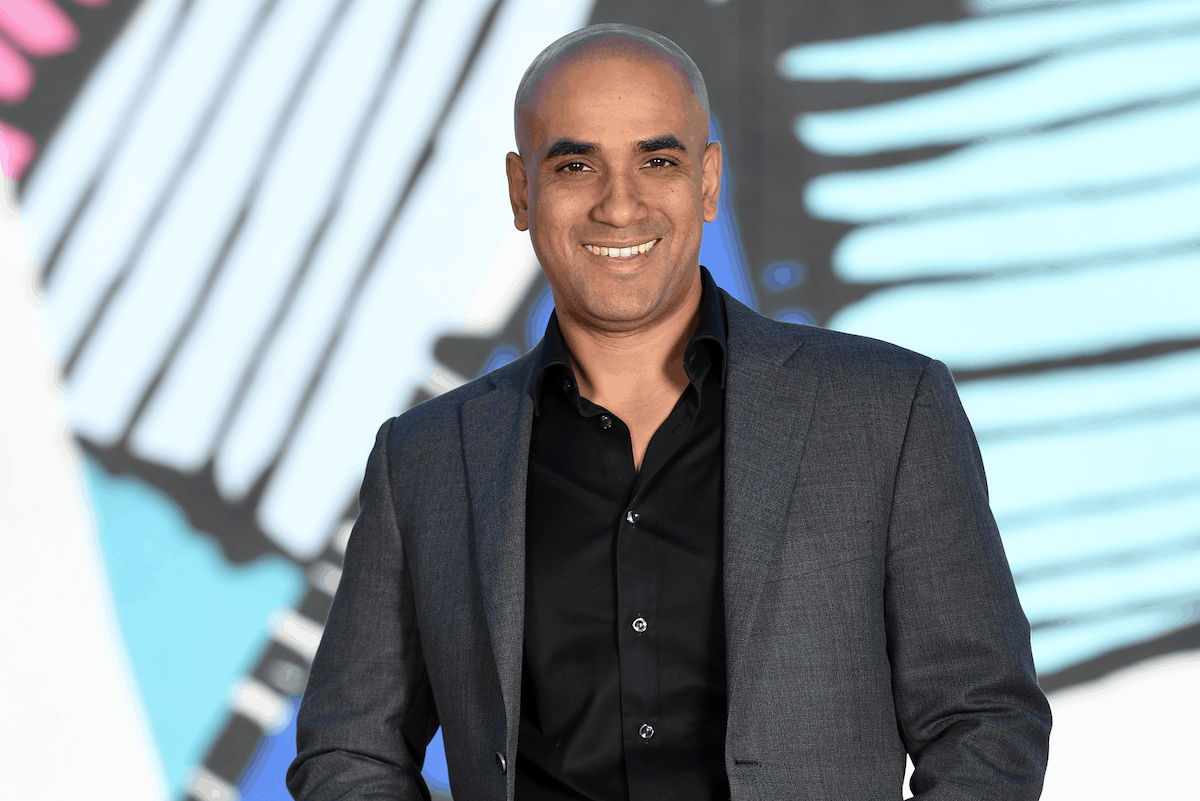
Joseph Heller is CEO and founder of Supplied. Image Credits: Supplied
During this process, I want to be clear that I never faced overt racism; everyone was polite and gracious with their time. But when going to pitch meetings and VC events, I got the same feeling that I would get when you go to a high-end country club or a luxury store on Rodeo Drive in Beverly Hills. It was clear that the venture community — and the few entrepreneurs that they anointed to be part of their chosen — were a closely knit elite who wanted nothing to do with outsiders.
An air of arrogance, elitism and exclusivity pervaded literally every interaction. They spoke a certain way, they were looking for cues of who else you knew in their network — and the minute that they discovered that you were not one of them, the meeting was basically over. This feeling was in stark contrast with what in my mind Silicon Valley had stood for. I had envisioned an ideal where any brilliant, hard-working entrepreneur with a good idea and was scrappy as hell could raise money and find success.
In reality, it was a place where your admittance to the club was heavily based on your race, gender and what university you went to (even UC Berkeley wasn’t highly regarded). If you weren’t white, male and from Harvard, Stanford or the Ivies, you had to relentlessly pursue your vision for years to get in through the back door.
The/Studio did finally raise an $11 million series A — after 18 months and 150 meetings and 145 “no’s.” Read that again. I was mostly pitching white male VCs. Their prejudgements and the fact that you don’t know their friends made it a “no” before the meeting even started. The wider data suggests strongly that there was a racial component to this, as does my personal napkin math: Roughly 120 of the VCs I pitched were white and we got zero term sheets from them. Thirty that I pitched were ethnic minorities and I received five term sheets, or a success rate of 17%.
Two years later, I’ve become part of that exclusive group of entrepreneurs that have raised a sizable venture capital round. And I now have a behind-the-scenes view of what Silicon Valley is all about. There are some truly brilliant investors and entrepreneurs in Silicon Valley and the data backs that up; the number of VC-backed companies that go public in Silicon Valley dwarf the rest of the nation for a good reason.
But I’ve also learned that there are a lot of incompetent investors that are investors simply because of who they know, and a lot of entrepreneurs that aren’t the best in the world who get funded because of who they know. In addition, I’ve met a lot of people that would be great investors that never will have the opportunity to be investors, because of who they don’t know and how they look. Likewise, I know many great entrepreneurs, just as good as the ones that have taken major companies public, that won’t raise VC money because of who they don’t know and how they look.
I do believe there is a deep-seated perception in Silicon Valley that people that look a certain way and have a certain pedigree are the best entrepreneurs. The system is set up in a way that reinforces this mentality with a positive feedback loop: The VC structure is set up in a way that they make money off of 10% of their deals and the other 90% can fail, no problem.
If they invest in someone that is unknown within their social circles, they run the risk of being challenged by their partnership on why they made that decision, so the personal risk of going out on a limb is big. If they invest in someone that has a ton of social credibility in Silicon Valley, then even if they fail, nobody will question them. It’s part of the process.
VCs are only human, and if you have billions of dollars of capital to deploy and thousands of entrepreneurs that want to raise money from you, and you can only select a few a year, it’s easy to take the resistance-free route and invest in people that you know. Those people are generally white males. It becomes a self-fulfilling prophecy, because statistically if you invest in predominantly white males and a few of them succeed, then invest in far fewer people of color or women, even fewer of them will succeed. You end up internalizing that bias in your mathematically “objective” decision-making.
We saw this same issue begin to be resolved for women in the last decade. There were very few female entrepreneurs who raised VC money 10 years ago — 823 women-owned businesses, according to a recent Forbes study. There are still very few female-led VC-backed companies today, compared to male-led ones, but there are a lot more now; over 3,450 as of 2019, according to the same study. Women didn’t get smarter in 10 years; pressure was applied to VCs and they started being less myopic.
They realized that women made great entrepreneurs — and investors, too. During the last decade, more VC firms began hiring — and were started — by women, although even now it’s still a meager 11%.
But what about the racial divide? I know a brilliant Black guy that has a master’s degree in electrical engineering and computer science from one of the top five engineering schools in the nation, heads an engineering team for a company that has raised hundreds of millions of dollars and has created a high-tech startup serving enterprise customers, doing over $1 million a year in revenue, is profitable and totally bootstrapped. I’m confident that if he were a white male, he would have already raised significant VC money. He hasn’t.
Again, I don’t think it’s a matter of overt racism. But he probably isn’t accepted and doesn’t feel comfortable in VC social circles; he probably doesn’t have the confidence that he can raise money; he hasn’t seen others that look like him raise money. Because he lacks these things and because he doesn’t have the traditional “entrepreneur look,” he would be dismissed by VCs.
Now, all this being said, change begins with entrepreneurs, too. For instance, we recently launched a new product called Supplied that allows small businesses and boutiques to buy products wholesale directly from factories in China. About 95% of our customers are women — and 60% of our customers are people of color.
We didn’t set out to build a product for this market, but once they embraced it, we embraced them. Initially, my board, which is all white and male, didn’t understand this market and was a bit cautious. I don’t blame them; there was nothing nefarious about their assumptions or initial concerns, they just didn’t have the experience in their life that helped them to understand our customer.
But I did, at least the racial challenges faced by our customer base. I had conviction that there was a business here because I know a lot of women of color that had similar experiences and aspirations as the customers that were gravitating toward our platform, only to be shut out by prohibitively high prices on other “wholesale” platforms.
And I recognized my own inability to fully understand our customer base, as well as the fact that my team wasn’t diverse enough to really understand them, either. So I deliberately tried to recruit more women into our organization. I’m now proud to say that my executive leadership is 33% female, 33% Black, 77% people of color. The team that runs Supplied is predominantly female, just like the customer base.
Both The/Studio and Supplied’s head of marketing are Black women, with one working from Nigeria and the other from Ghana. Our diversity numbers are far better than almost any tech company I’ve encountered. Diversity isn’t something we just talk about; it comes naturally to us, because diversity comes naturally to me.
Silicon Valley has created incredible outcomes, and I don’t want to unfairly malign Silicon Valley as this racist institution that deliberately keeps out minorities and women. But because of many factors — which do include overt racism, historical factors and just human nature — the fact remains that Silicon Valley does not reflect our nation’s diversity across race and gender. Yet.
Our country is becoming more diverse and the rest of the world more wealthy. For Silicon Valley to maintain its crown as a beacon of innovation, it’s important to make it more diverse so it can understand the United States as well as emerging markets. It doesn’t need to be a zero-sum game where more people of color will push out the incumbents. In fact, it will make things more competitive, with a more diverse perspective on the world, which is better for returns and opportunities for all.
Blacks founders and other underrepresented groups also have an obligation to pull up their bootstraps and pursue being entrepreneurs and being funded, no matter how hard it is. This generation will serve as the inspiration — and employer — of the next. The more Black people who get funding, the more Black entrepreneurialism becomes normalized, creating a flywheel effect of normalizing investing in Black founders for VCs and encouraging more Black people to pursue being entrepreneurs.
I firmly believe that equal access to capital and entrepreneurship is the final civil rights movement. We have an opportunity to create real equality — financial and social — in Silicon Valley and the world, all while building the future.







